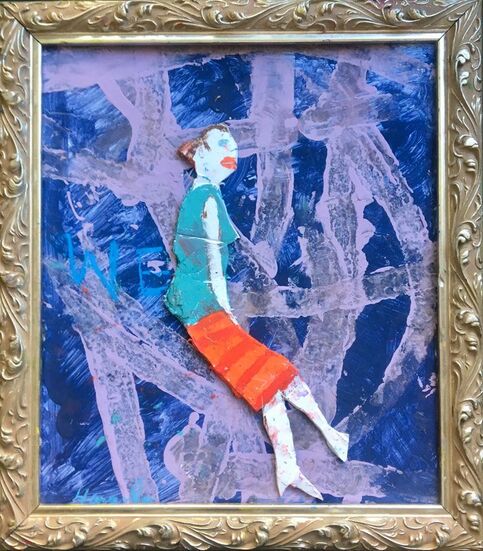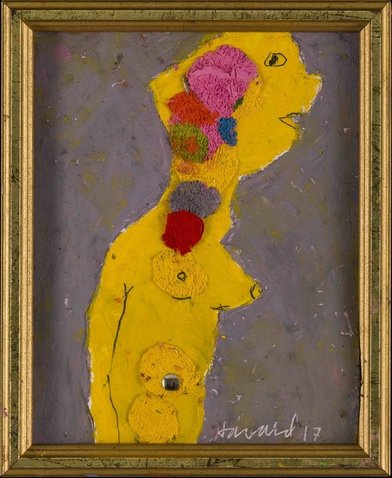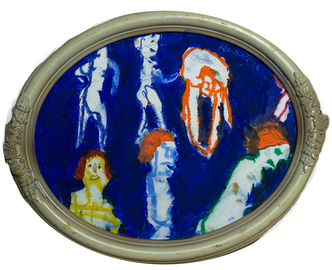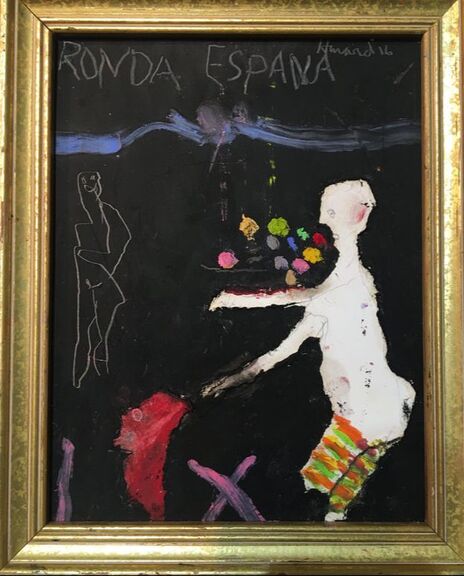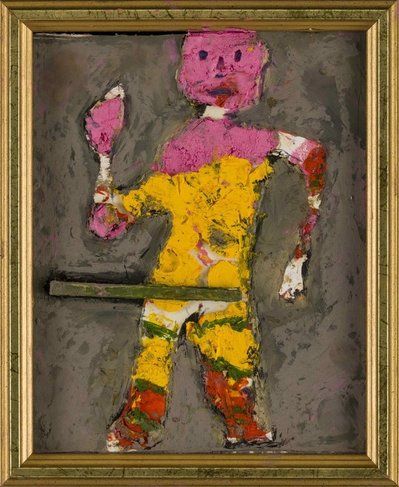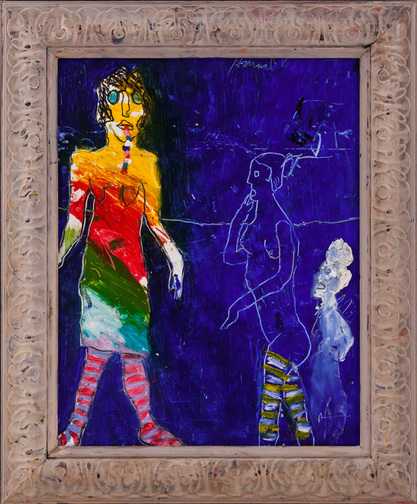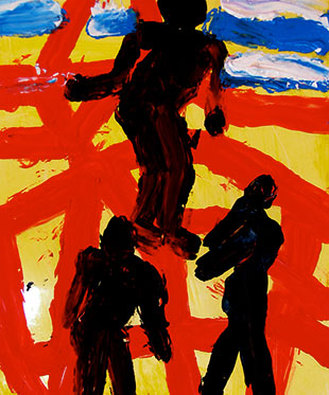James Havard
1937-2020
Remembering James HavardJames Havard passed away on December 15, 2020. He was 83 years old.
We first met when we both lived in Santa Fe in the 1990’s where he was well known as an important painter with work in many museums across the U.S. At that time, he was interested in selling some of his antique Indian art collection and a mutual friend introduced us. I had seen him at shows for years, a man of great style with a thick mane of silver hair and a quick smile. James had moved to Santa Fe from NYC where he had gained recognition for his pioneering work in the genre known as Abstract Illusionism. His home in Santa Fe featured a spectacular garden festooned with flowers of incredibly vibrant colors - color was always an important part of James' life and work. It was the kind of garden you would see featured in Better Homes & Gardens where, in fact, it was, more than once. The other outstanding area of his home was his studio which was also covered with colors but in this case blobs of paint - the archetypal artist's studio. A place where art was created - a laboratory for art. |
|
When I began to show contemporary art in my NY gallery in 2012, James still lived in Santa Fe and I would regularly go there. Lunch with James at The Compound was an essential part of those trips. Even after his stroke in 2006, he still enjoyed going out and having a good meal although it was more complicated with a wheelchair. No problem. His taste and style and quick smile were all intact. When he gave me some work to show in 2014, I was ecstatic. His generosity was also undiminished! The new work was a departure from the Abstract Illusionism - this work was more figural and direct - PRIMAL was the title of his last show here. John Dorfman wrote that this work manifested "a lifelong obsession with the substance of paint."
When he moved to assisted living in Pennsylvania a few years ago, he continued to paint. His room became his studio and although living among folks who were waiting for their number to be called, he continued to live very much in the present, painting every day, experimenting with materials, subjects, images. When I visited him there, I was struck to be in the presence of an essential creative spirit, one whose drive was undiminished even though he was confined to a wheelchair and living in this place. His concession to his disability was to paint smaller pieces. There is a rawness to this work and a defiance. His technique came to include the use of the wheelchair to create tracks on the painting. The materials included foam core and corrugated cardboard for collage . James was in his studio at work on a daily basis. As the art dealer, Walter Randel, has said to me: "He never makes a bad painting."
James, thank you for everything you have given us - the good times, the great art and the wonderful example of living to the fullest. John Molloy December 18, 2020 |

